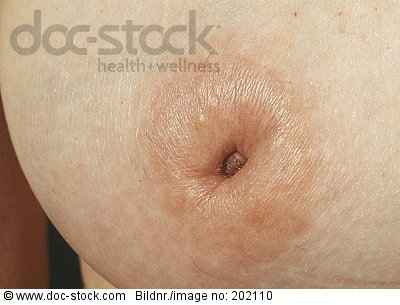3rd degree burns:
-all 3 skin layers (epidermis, dermis and subcutaneous tissue) are affected
-muscles, bones, and/or tissue may be exposed
-areas might appear black and charred in appearance
-interestingly you might experience numbness, rather than pain, since nerve endings may have been damaged by the burn
-if you are concerned with a 3rd degree burn, you must be evaluated by a physician
Here is a photo of a 3rd degree burn (notice the black, charred skin):

First Aid Tips for Third Degree Burns (Major Burns)
-If someone is around you, tell them to call 911!
-If you or someone else is on fire, remember STOP, DROP, & ROLL!
-Wrap the person or yourself in a thick material to smother the flames (a wool or cotton coat, rug, or blanket)
-Drench the person with buckets of cool water to put out any fires (AVOID Very COLD water as this can lead to hypothermia and increased heat loss from the areas which might be burnt)
-Inspect the individual to make sure there is nothing on fire
-Call 911!
-Do NOT remove clothing, as it might be stuck to the burnt skin
-Check to see if the person is breathing. If they are not breathing, open their mouth to look into the back of the throat for any blockage to the airway. If there is a blockage, attempt to remove it. If there is no blockage and you are sure the person is not breathing, begin mouth-to-mouth resuscitation and CPR if you know how
-Check to see if the person has a pulse. If the person does not have a pulse and is non-responsive, begin CPR if you know how
-Cover all burns with a sterile cloth or gauze dressing if available. If the burnt area is large, wrap it in a clean towel or sheet
-DO NOT apply ointments, ice, butter, creams to the burnt areas!
-If fingers or toes have been burned and can easily be separated -- then separate them with a a sterile cloth or gauze dressing
- Elevate the body part that is burned above the level of the heart if possible
- Continue to monitor the person's breathing and pulse until help arrives
-Stay calm, you have just saved someone's life!
Did you know?
Burn injuries are the nation’s third largest cause of accidental death and cause 300,000 serious injuries and 6,000 fatalities each year.
This is why it is so important to know what to do about burns, and to make sure that your workplace is safeguarded against burn injuries. Make sure to recognize the exposures for heat, chemicals, and electricity in your workplace!
Please feel free to leave comments below, and email me at DoctorDeenaMD@gmail.com with any questions that you may have.
**PLEASE REMEMBER IF YOU HAVE ANY QUESTIONS OR CONCERNS ABOUT YOUR HEALTH AND/OR BEFORE STARTING OR STOPPING ANY TREATMENT OR ACTING UPON INFORMATION CONTAINED ON THE SITE, YOU SHOULD CONTACT YOUR OWN PHYSICIAN OR HEALTH-CARE PROVIDER**














